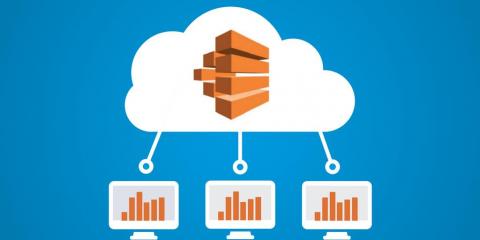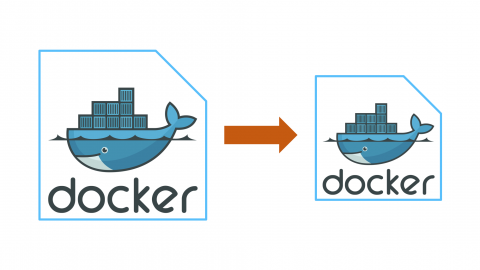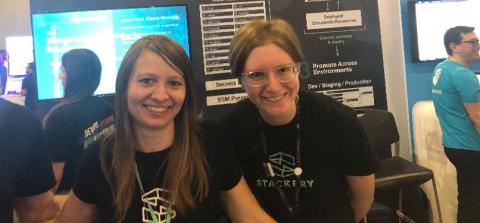Simple AWS Serverless Patterns for Building Cost Effective and High Performing Serverless Infrastructure
The popularity of serverless infrastructure, like AWS Lambda, is on the rise, which is easy to understand, given its promise of a cheaper price tag and less maintenance. However, as companies are lifting and shifting apps into lambda, many are discovering that it’s not that simple. Like any shift, such as moving from on-prem to the cloud, the reality is, applications need to be designed a certain way in order for you to reap the cost and efficiency benefits.











